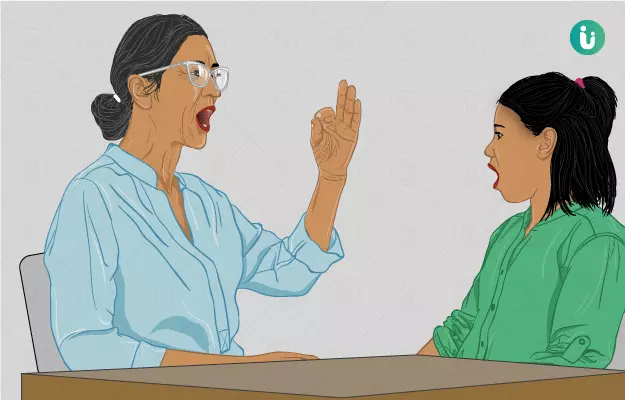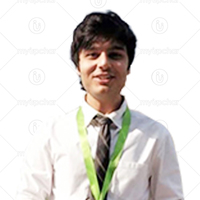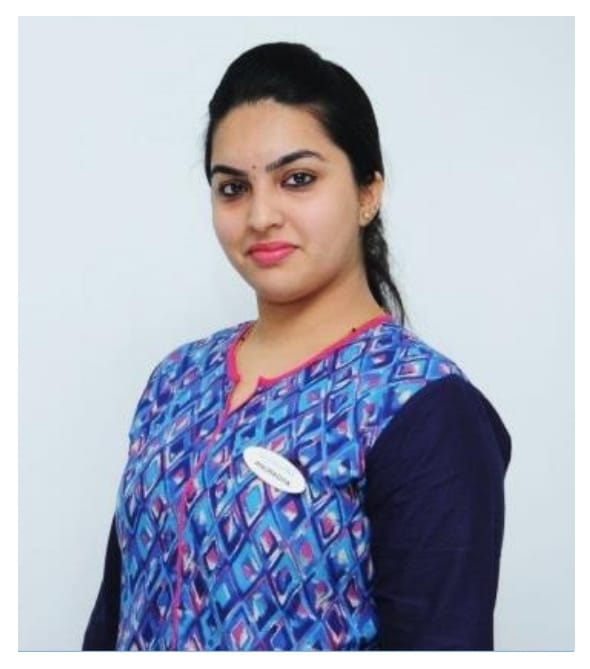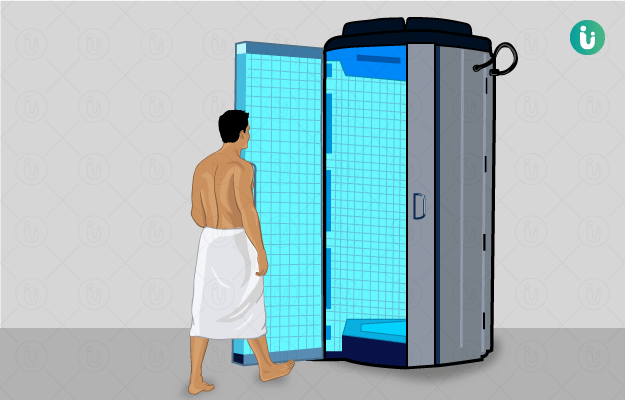Speech and language therapy helps diagnose and manage communication disorders pertaining to speech and language. While some causes of speech impairment may be present since birth, few may appear due to developmental disorders and learning disabilities in children during infancy or early childhood. Other cases may involve acquired impairment or loss of speech and language ability in adulthood due to diseases. Problems with speech and language can be related to the production of sound and syllables, maintaining the rhythm of speech, inability to understand what’s being said and difficulty responding, trouble expressing one’s thoughts in words or inability to think altogether. Speech and language therapy can address all these issues and more through speech exercises, rehabilitation activities and new methods of communication. Assistive devices for communication are also available now. While significant improvement is possible in some cases, adaptive strategies may have to be adopted in others to lead functional meaningful lives.
Speech and language therapy is the allied health field that deals with the diagnosis and management of communication disorders (relating to speech and language), cognitive-communication disorders, voice disorders, swallowing disorders and rehabilitation of those who have lost their speech and language ability due to diseases. Once the diagnosis of a communication disorder is made by the doctor, patients are referred to special speech and language therapists. Special allied health professionals called speech-language pathologists (SLPs) diagnose the type of communication disorder and manage it through age-appropriate speech and language therapy. Therapy is different for children and adults.































